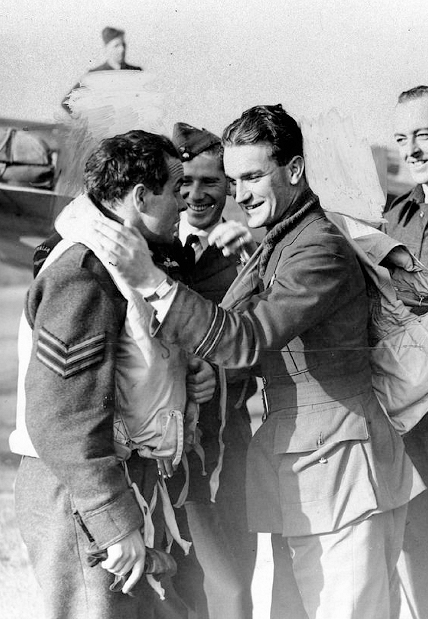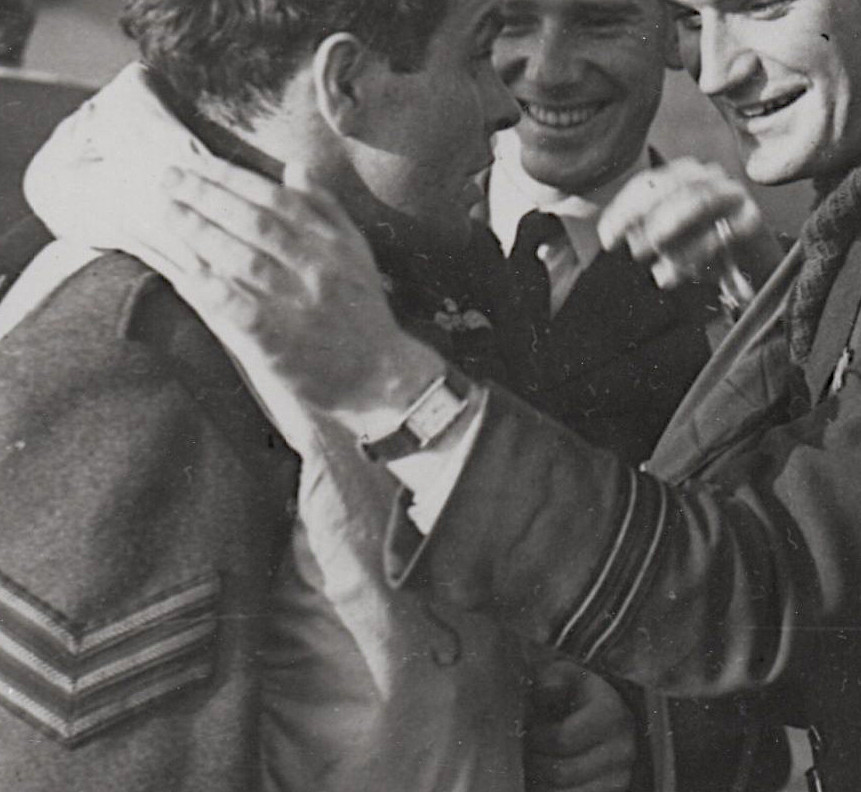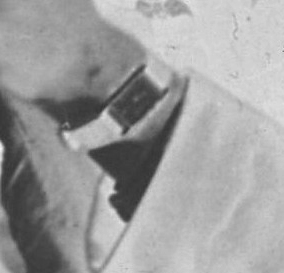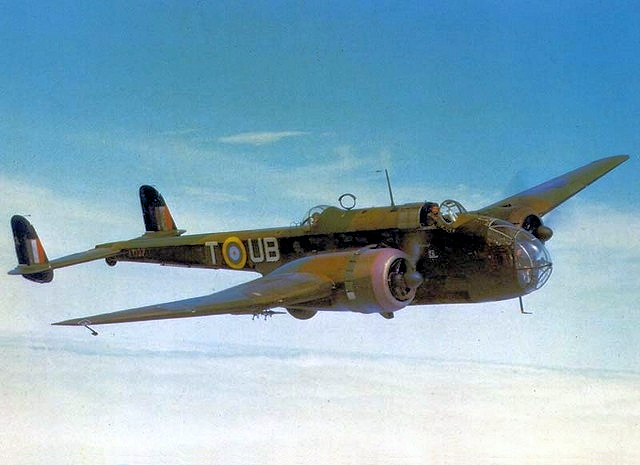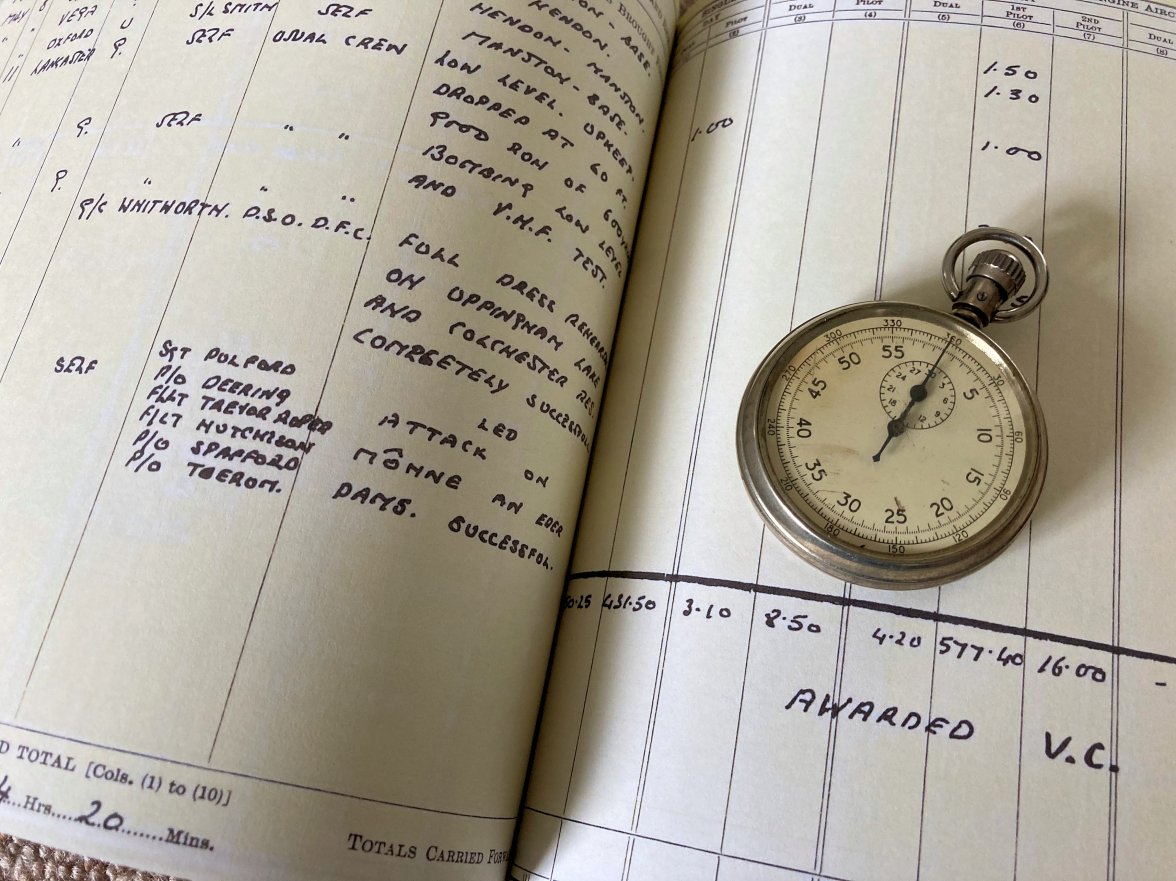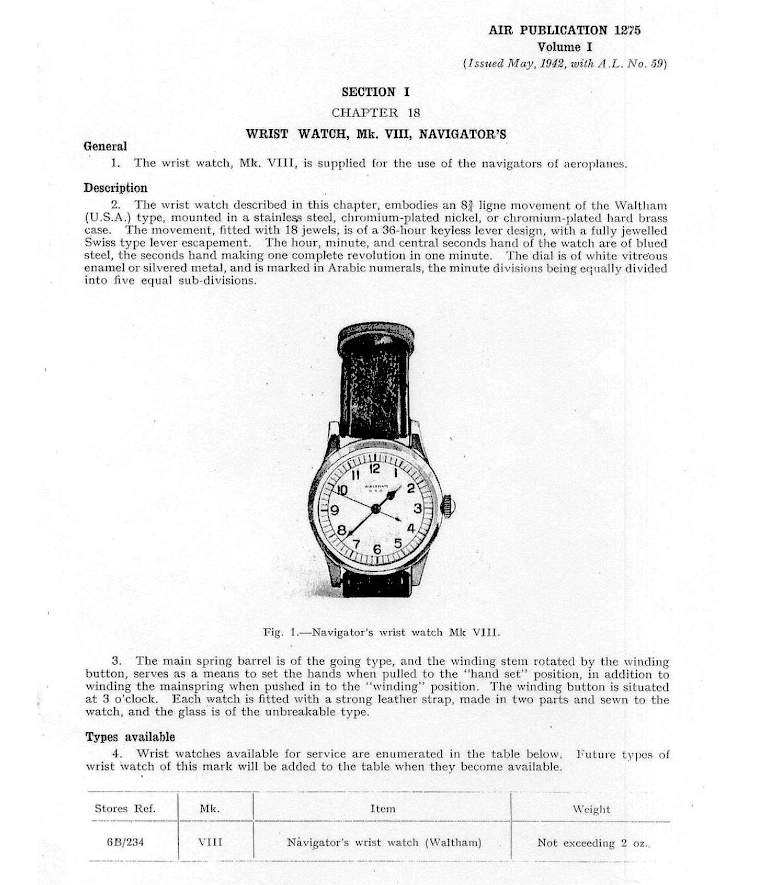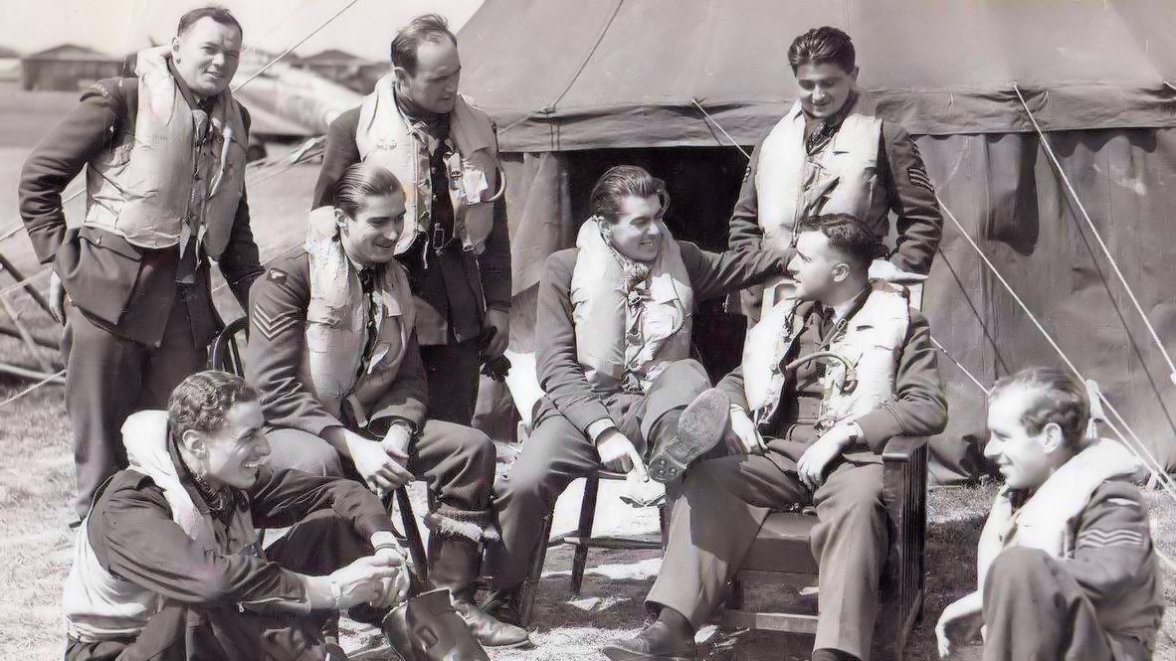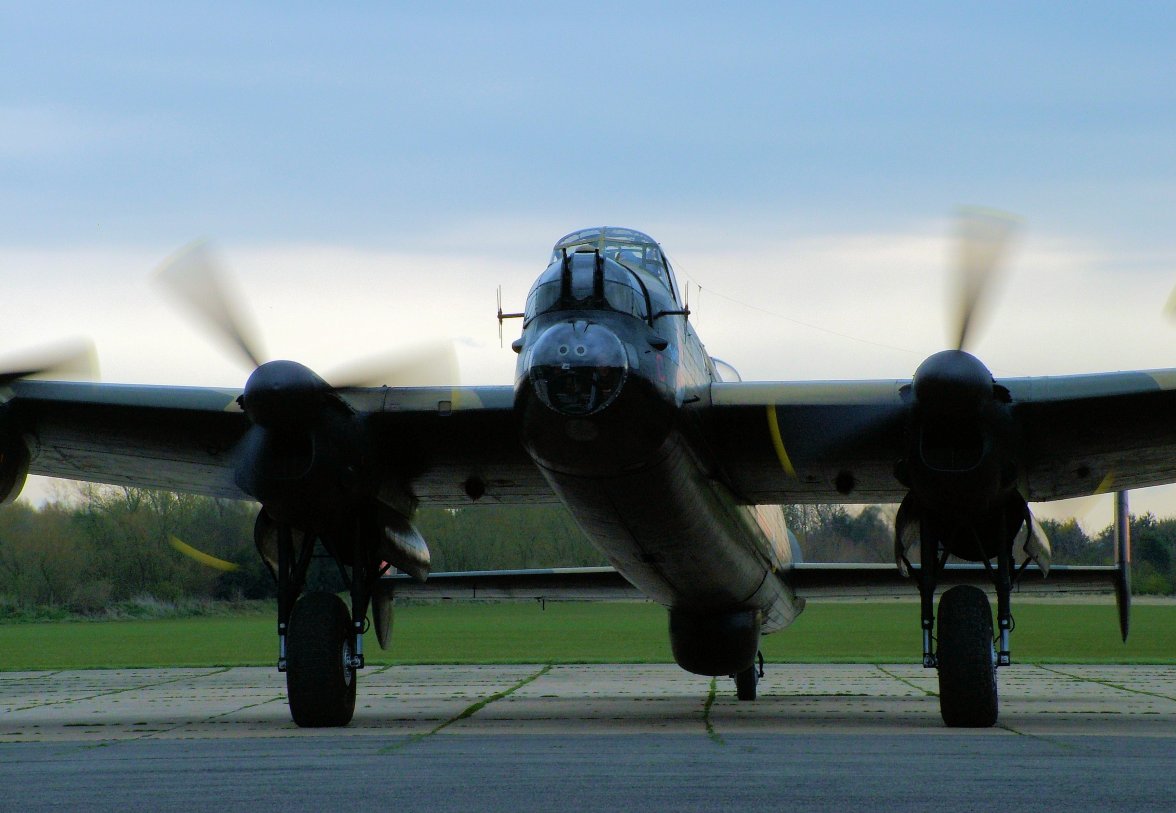Professor
·The answer was to flood the magazines in the event of fire, thus removing the oxygen, an action which was ordered In HMS Lion at the Battle of Jutland by Major Francis Harvey of the Royal Marines. He did not survive but saved the ship, unlike three other battle cruisers which were destroyed by magazine fires. Harvey was awarded a posthumous Victoria Cross.
Single base propellants will not burn when wet, double base propellants will.
If flooding the magazine had any effect it was to douse a fire before it reached the propellant.
Naval shells with cartridge casings, up to five inch at least, don't immediately explode if exposed to fire, cordite packed in bags, as in larger caliber guns does explode rapidly. Getting the bags wet can increase the safety window before the first bag goes up and sympathetic explosions take the entire magazine.
The problem of spontaneous detonation of Cordite exposed for hours to temperatures over 125 degrees F remained.
The Japanese lost a cruiser at anchor when the ventilator system of the magazine failed in tropic heat.
When temperature reached 125 F the Nitroglycerin began to separate from the binding agents, allowing pure nitro to pool in the bottom of bags and casings. One hard bump and it all went up.
Tracing the exact cause of Cordite magazine explosions is not always easy since few if any of those who could have witnessed the chain of events survived.
An example would be the Port Chicago explosion, where Torpex, a British explosive related to Cordite and used in depth charges, detonated without certain cause.
